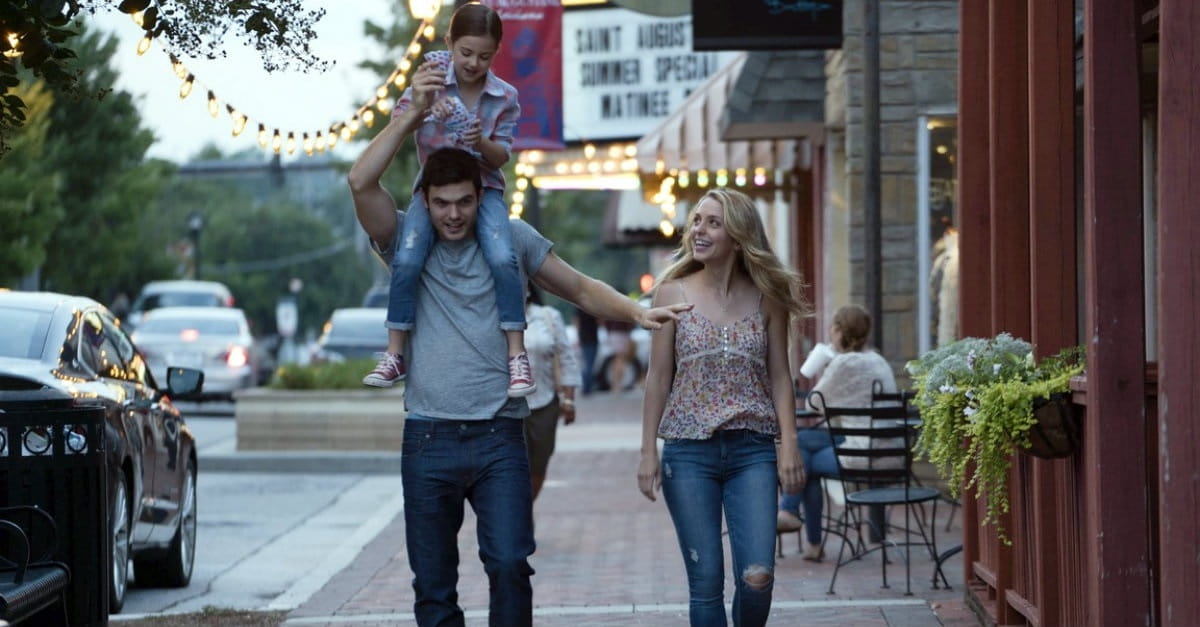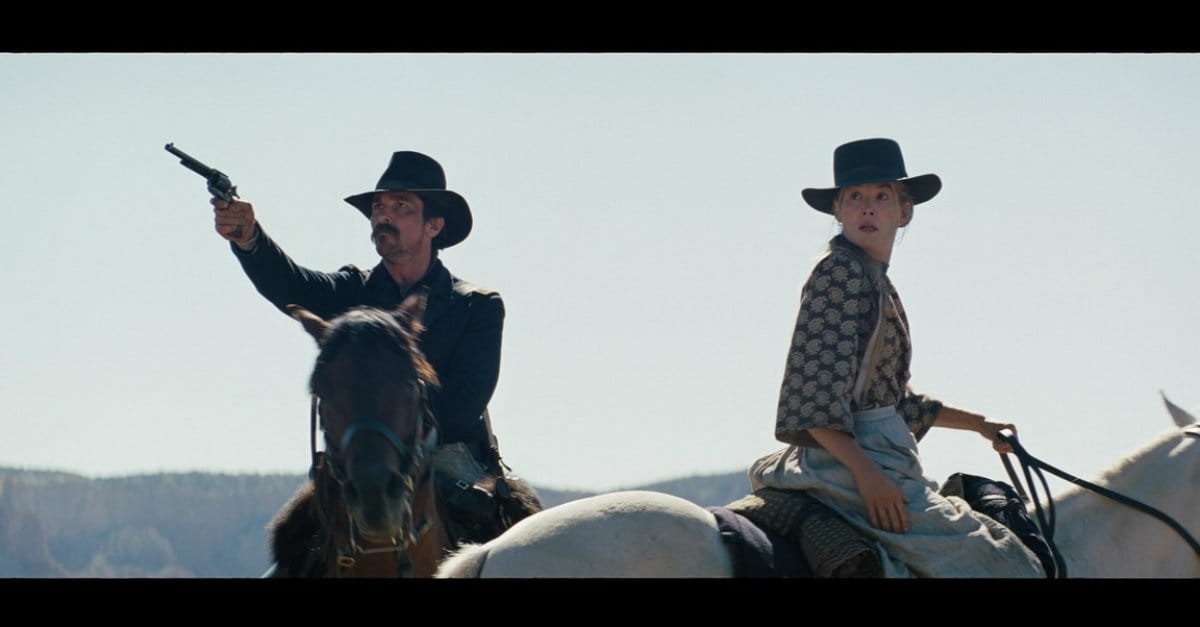Daniel Radcliffe Fades in Black
- Christian Hamaker Contributing Film and Culture Writer
- Updated May 01, 2013

DVD Release Date: May 22, 2012
Theatrical Release Date: February 3, 2012
Rating: PG-13 (for thematic material and violence/disturbing images)
Genre: Horror, Thriller, Drama, Adaptation
Run Time: 95 min.
Director: James Watkins
Actors: Daniel Radcliffe, Ciarán Hinds, Janet McTeer, Roger Allam, Shaun Dooley, Mary Stockley, Sophie Stuckey
For the teenage girls making up the bulk of the audience at a recent preview screening of The Woman in Black, the 95-minute running time flew by, punctuated by their screams at every bump in the night, every ghostly apparition and every moment that lawyer Arthur Kipps (Daniel Radcliffe, Harry Potter and the Deathly Hallows: Part 2) faced danger.
The rest of us spent the movie trying not to look at our watches, and wondered if the shrieking masses had never seen a scary movie before in their lives.
Fans who grew up watching Radcliffe play Harry Potter are now ready to follow the actor to more mature projects. The problem with The Woman in Black, Radcliffe’s first big starring vehicle since the conclusion of the Potter series, is that it offers few moments of genuine fright, and it takes far too long to lay out the stakes of its story. Based on a book by Susan Hill and adapted for the screen by Jane Black (X-Men: First Class), The Woman in Black fancies itself an old-fashioned atmospheric fright fest, but something’s missing.
The film spends a full hour of its running time establishing the source of danger faced by Kipps, a widower with a son, who must spend several days organizing a deceased person’s papers and affairs. The journey takes him to a village populated by people who try to assist—or, in some cases, misdirect—Kipps in his assignment. Several scenes show the villagers giving knowing looks to each other as Kipps looks on, perplexed.
His mission takes him to a remote home accessible only when the tide is out, where he decides to stay overnight despite the concerns of some locals who believe the house is haunted by the spirit of a woman. The woman’s ghost is, they believe, tormenting the children of the village over a long-ago dispute with the house’s owner.
The film’s finale, involving a watery grave and a strange plot to exhume a corpse, is effectively creepy, but it comes too late and is too slight a payoff for a feature-length story. Better that Black should have been adapted for a half-hour TV episode. Instead, the film gives us about 30 minutes of story development, padded with 65 minutes of bumps, jumps and attempted mood setting. It’s all a bit of a drag.
The Woman in Black is most interesting in its contrast of religion and superstition, although it comes down on the side opposed to orthodox belief. A villager named Daily (Ciarán Hinds, Tinker, Tailor, Soldier, Spy) is married to a woman (Janet McTeer, Albert Nobbs) who believes her dead son’s spirit can inhabit her body. Despite incidents where she acts out and appears to be possessed by the dead son, Daily refuses to accept that there’s anything more than an overactive imagination behind his wife’s tormented actions. He tells Kipps he doesn’t believe in wandering spirits. When we die, “we go up there,” he says, as he points to heaven. “We don’t stay down here.” The comment brings to mind Hebrews 9:27, “Just as man is destined to die once, and after that to face judgment.” But rather than validate Scripture, the film posits an afterlife where spirits seek vengeance on those associated with others who wronged them in this life. It forces Daily to relinquish his belief that spiritism is a dangerous practice, populated by charlatans who cater to superstition.
The Woman in Black is a mediocre ghost story that flirts with some interesting ideas about faith but doesn’t satisfy as either a horror film or as a serious examination of religious faith. Its attempt to resurrect a tone and mood more familiar from older horror films is admirable in an age of gore-fests, but the film is more sleepy than spooky for much of its running time. Only horror movie novices will find much to like in Black. For the rest of us, it will be quickly forgotten.
CAUTIONS:
- Language/Profanity: “For God’s sake”; “what the hell”; “oh my God.”
- Alcohol/Smoking/Drugs: A man clips a cigar; numerous scenes of drinking.
- Sex/Nudity: None.
- Violence/Crime: Three girls walk toward attic windows and leap to their deaths; shot of blood on a sheet; causes of children’s deaths described in death notices; girl who drank lye seeks treatment; a dead body hangs from a beam, and we hear the snapping of a neck; a girl is consumed by flames; a corpse is retrieved from a watery grave and wrapped in a sheet.
- Religion/Morals: Arthur reads about séances and contact with the spirit world; Daily visits a mausoleum where his child is buried and talks about how it has a place for him; a woman is overcome by the spirit of her dead child; Daily says he doesn’t believe in spirits and cautions Arthur about charlatans and about opening the door to superstition; he says that when we die, “we go up there,” as he points to heaven, and that “we don’t stay down here”; he says his son is either in a better place, or he’s lost; scrawled words on pages include “get thee to hell ye harlot” and “God protect me”; glimpses of dead people bearing their mortal wounds; old correspondence reveals a woman who vowed to never forgive someone who had wronged her, and her wish that the person “rot in hell.”
Questions? Comments? Contact the writer at crosswalkchristian@hotmail.com.














